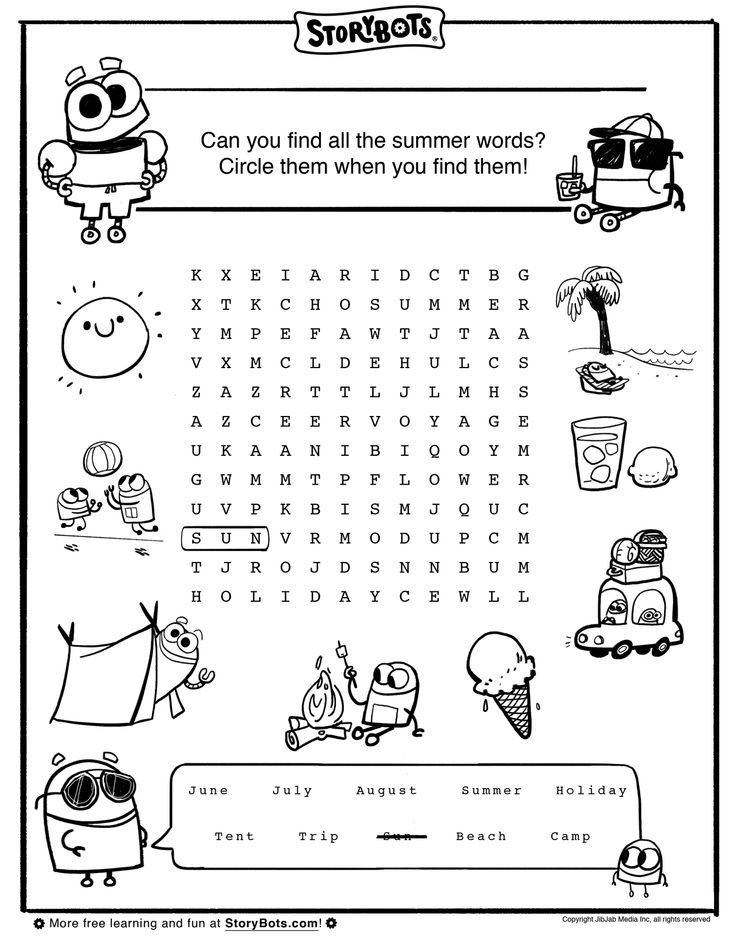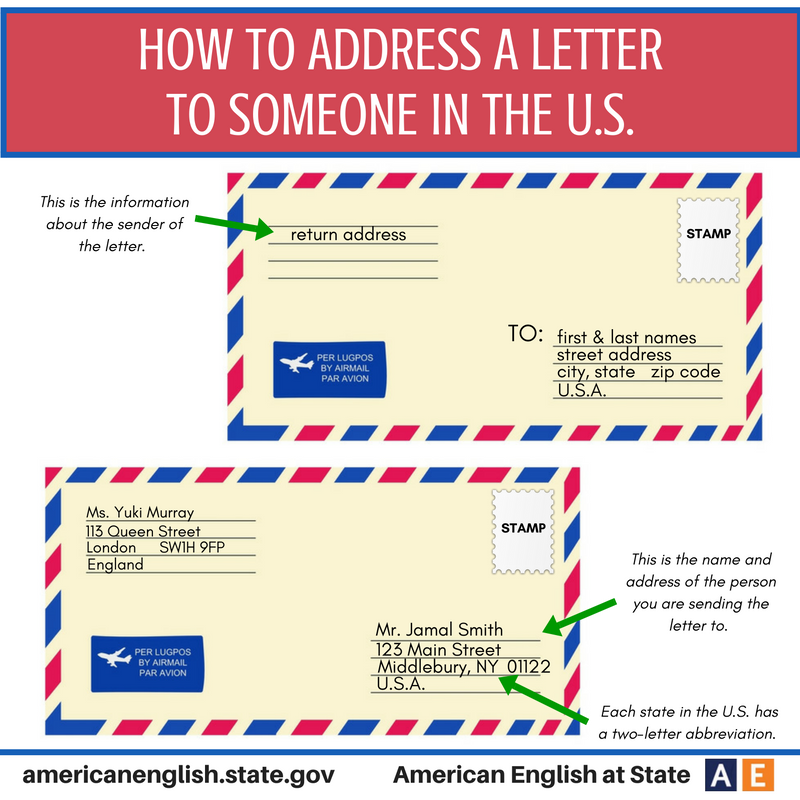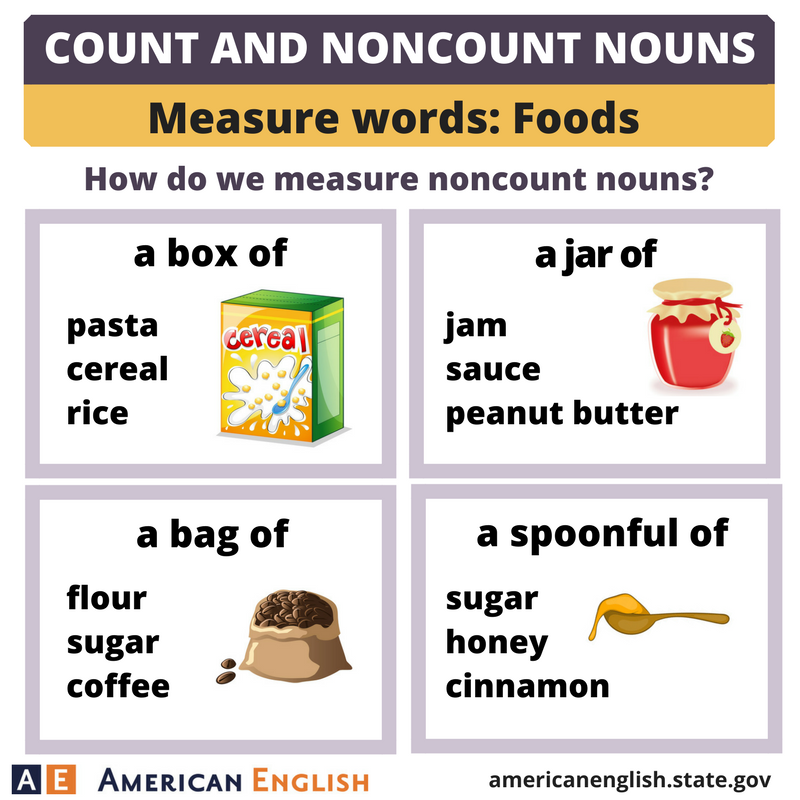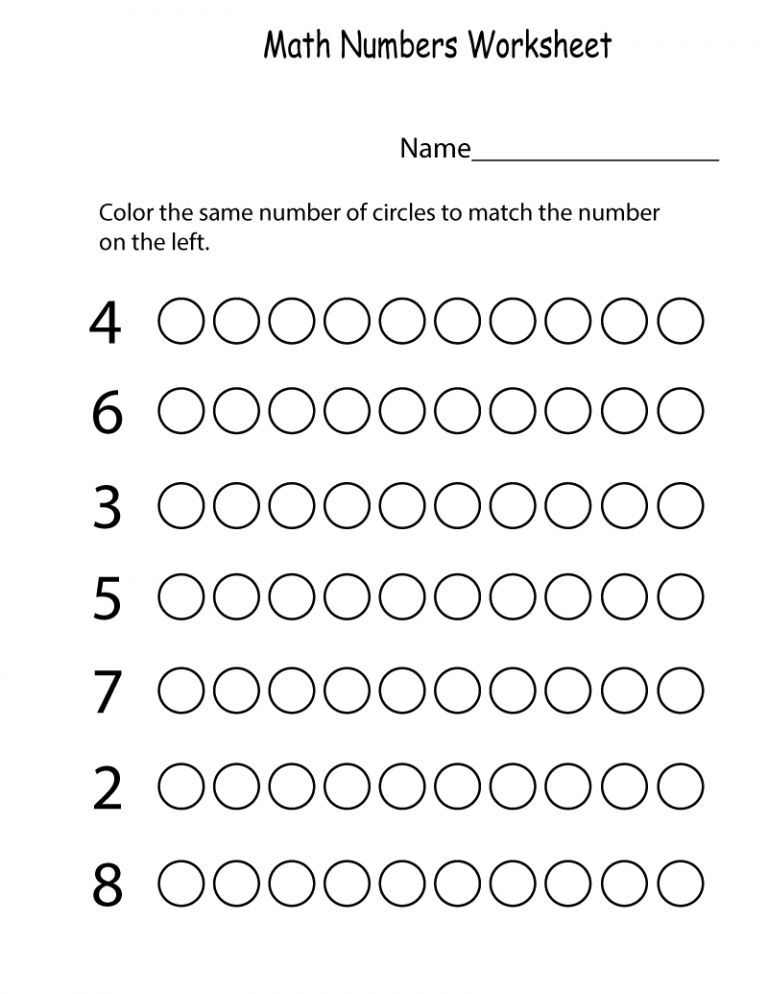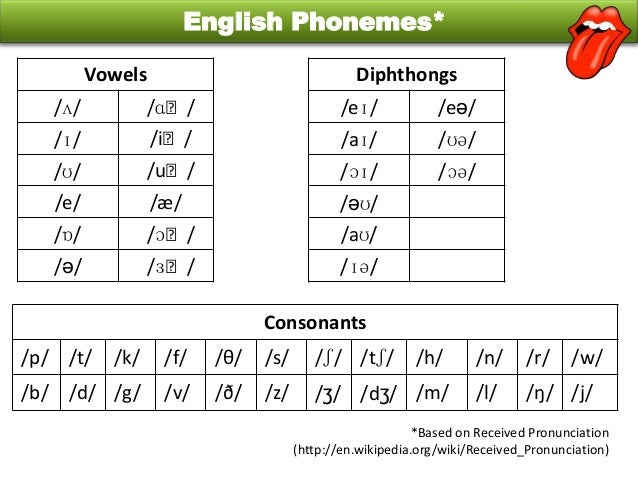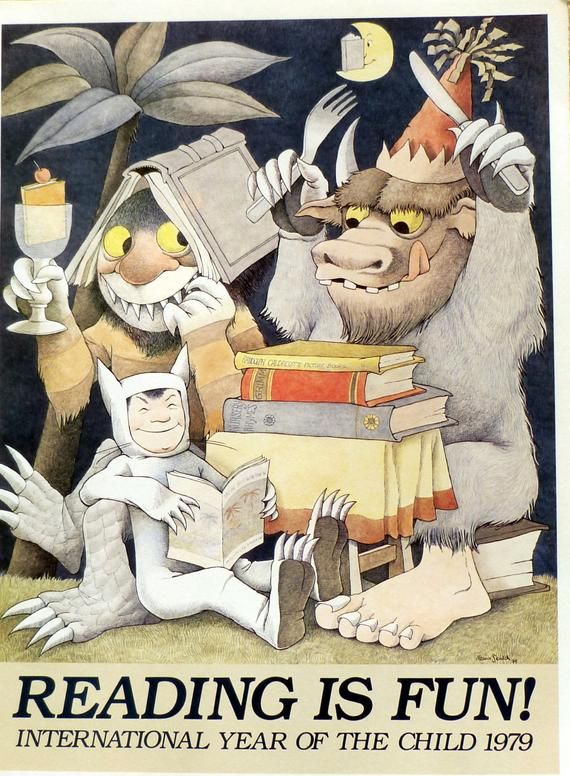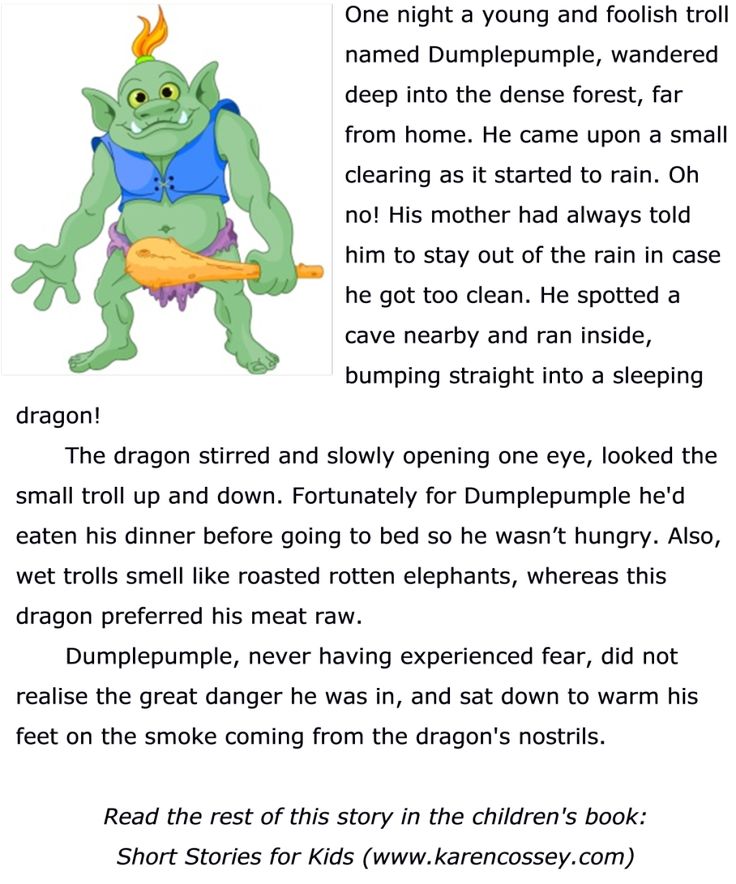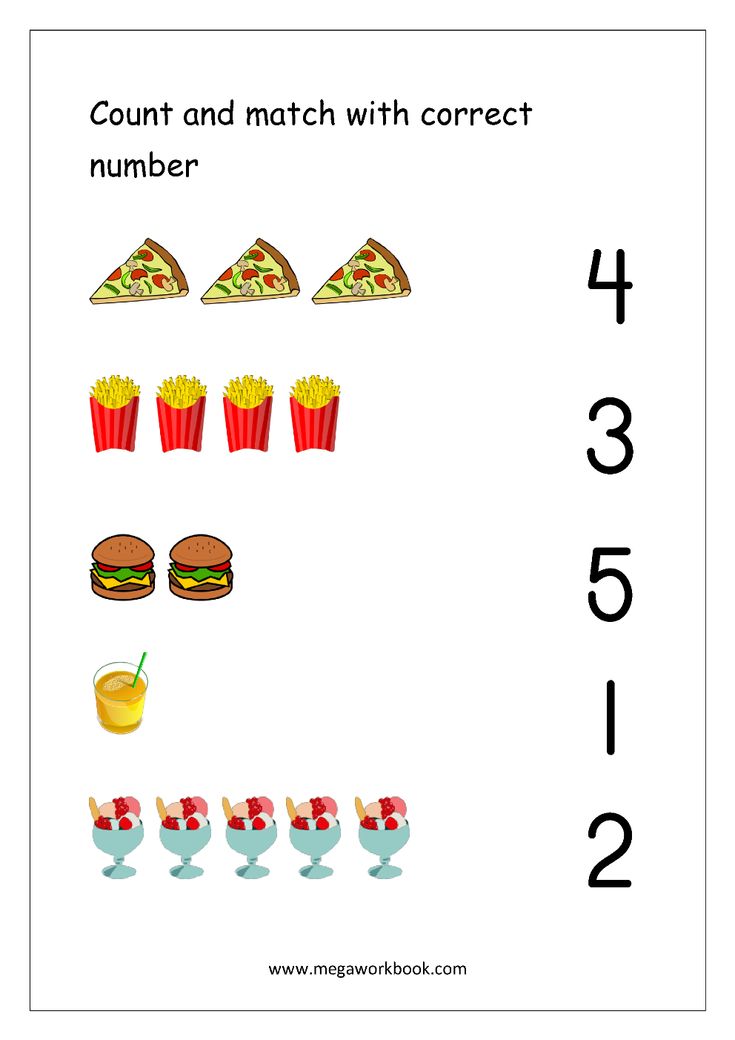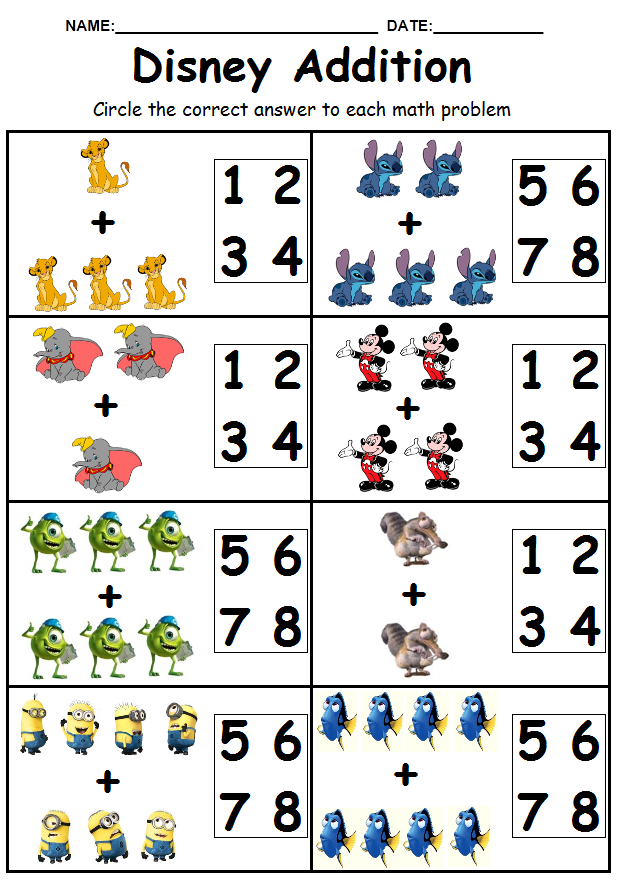Feelings lesson plans kindergarten
5 Circle Time Lessons About Emotions
I teach twice a week, and my students range in age from two and a half years old at the start of the year to pushing four years old by the end. That is a lot of development in one year, which is why I find this age so much fun to teach. My school follows monthly themes, but one theme that we teach and talk about all the time is emotions. I devote at least one circle time lesson a month to emotions. Here are some ways to explore emotions at preschool. I hope you find a great lesson plan on feelings and emotions for preschool on my list.
My circle time routine starts with a good morning song, followed by our chant, a story, and then a short group activity. If the children are extra wiggly, tired, or the book is extra long, I skip the activity. At three sitting for a long period isn’t just hard; it’s not natural. I want to set my students up for success, and making group time fit their abilities is key to that success. Then we get down to business, in this case with a feelings circle activity.
This post contains affiliate links.
What makes a good lesson plan on feelings and emotions for preschoolers?
Book: The Grumpy Morning
This is one of my favorite books about emotions for kids because this book doesn’t talk so much about being grumpy, it deals mostly with being impatient. The animals on the farm can’t wait for the farmer to wake up and feed them and are getting grumpy waiting. If your classroom has a farm theme during the year, this is a great book to hit that theme while discussing emotions too.
Activity: Play Red Light Green Light
You may not immediately think of this game being about emotions, but it forces little ones to wait when all they want to do it run to the end. If you have never played before here are the rules:
One person (the teacher or parent) stands on one side of a field, room, gym.
The children are at the other end. Preschoolers do best if one teacher is with them and the other calling out the colors.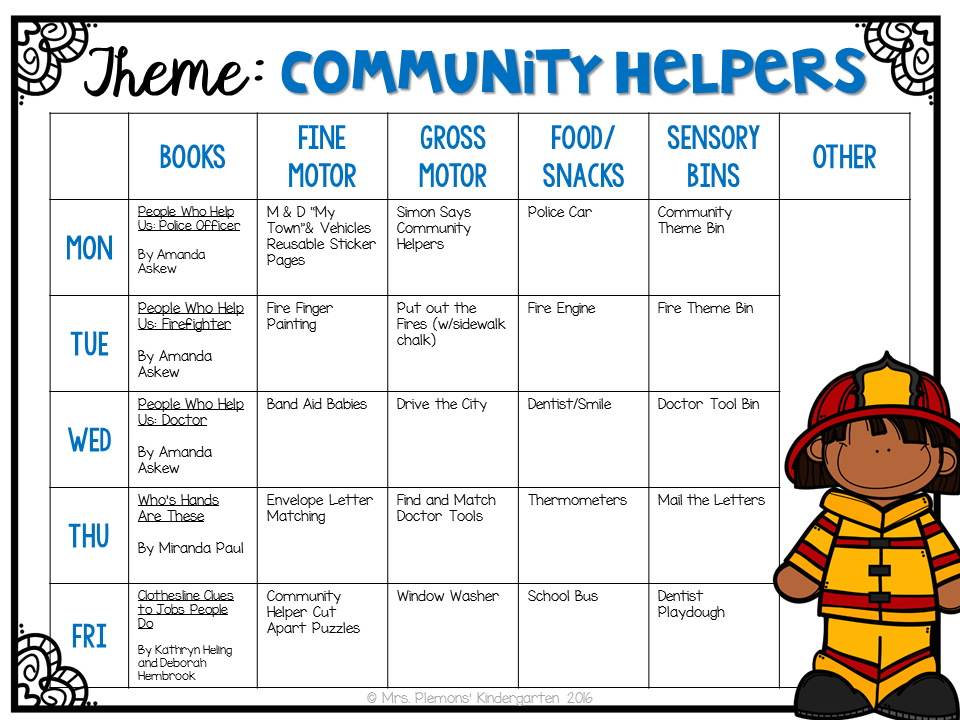
The teacher explains that green means go, yellow means slow, and red means stop. I usually wait a good bit after calling our red light; I want to build their anticipation and give them a chance to work on that self-control. It’s tough!
Now with older kids, I eliminate kids who don’t slow on yellow or stop on red but with preschoolers, I just praise rule following.
With preschoolers, they are just excited to get to you and give you hugs or high fives.
Book: I Was So Mad
Mercer Mayer and his Little Critters were favorites of mine as a preschooler, and they are still relevant thirty-five years later. Kids love these characters, and the magic is in how the emotions really jump off the page with simple text perfect for young preschoolers.
Activity: Mad and Sad Sorting.
Prep: Print out these printable faces (click here to print pdf) or take photos of your students making different mad and sad faces. Cut out and laminate.
This is a great game to play when you don’t have the time, or your students don’t have the bandwidth for a long activity.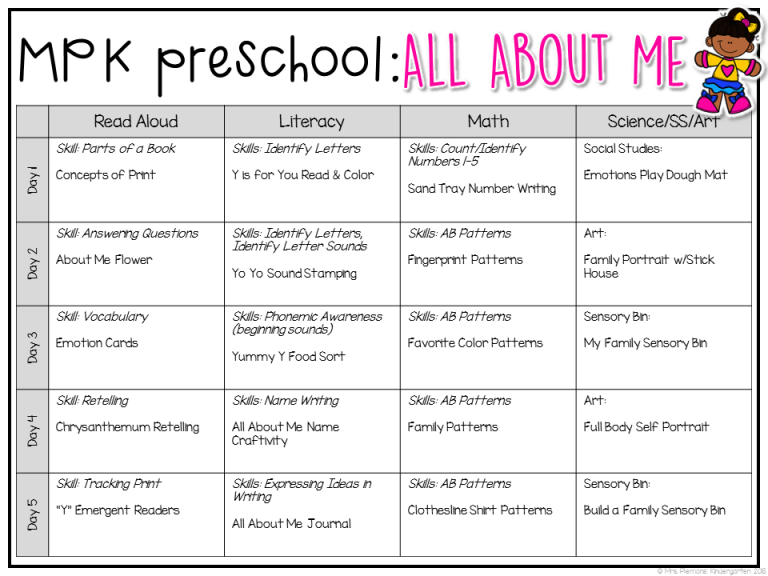 Explain to them that all the photos are of people who are mad or sad, and they need to shout out that answers. I don’t know about your class, but mine love it when I encourage them to shout it out!
Explain to them that all the photos are of people who are mad or sad, and they need to shout out that answers. I don’t know about your class, but mine love it when I encourage them to shout it out!
Shuffle the card and start slow giving the children a chance to look and shout out their answer. Then start speeding up. Feel free to go through the faces a few times as you get faster and faster. This is supposed to be silly and fun, but the lesson won’t be lost because of it.
Book: The Pigeon Has Feelings Too
The Pigeon is well known for his temper tantrums that preschoolers think are hilarious, but this book includes more emotions. Familiar book characters can be a great way of getting kids engaged in talking about emotions.
Activity: How do they feel?
Prep: Print out these printable faces (click here to print) or take photos of your students making different mad and sad faces. Cut out and laminate. Pop the photos in a basket or bag and pull one out at a time.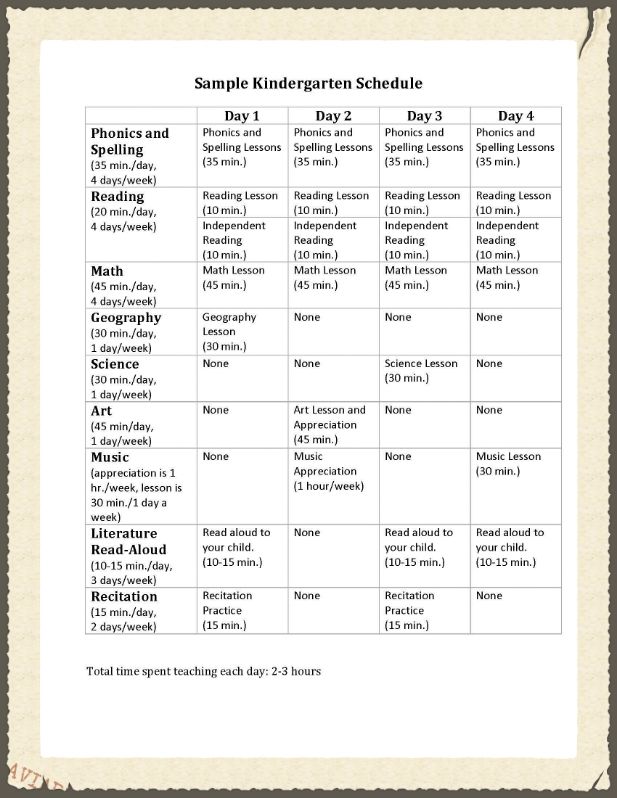 Ask the children how the child feels. They can yell it out or mimic the feeling as their answer. This is a GREAT activity with very young groups, and you can keep it going for a long time if they are into it and cut it short if they are wiggly. Also, it makes a great activity put out at free choice for the children to explore on their own.
Ask the children how the child feels. They can yell it out or mimic the feeling as their answer. This is a GREAT activity with very young groups, and you can keep it going for a long time if they are into it and cut it short if they are wiggly. Also, it makes a great activity put out at free choice for the children to explore on their own.
Pop the photos in a basket or bag and pull one out at a time. Ask the children how the child feels. They can yell it out or mimic the feeling as their answer. This is a GREAT activity with very young groups, and you can keep it going for a long time if they are into it and cut it short if they are wiggly. Also, it makes a great activity put out at free choice for the children to explore on their own.
Book: The Feelings Book
Todd Parr is one of my favorite authors for a good reason, his simple books cut to the heart of whatever topic he is tackling. What I love about this book is that it talks about how we all feel different emotions sometimes.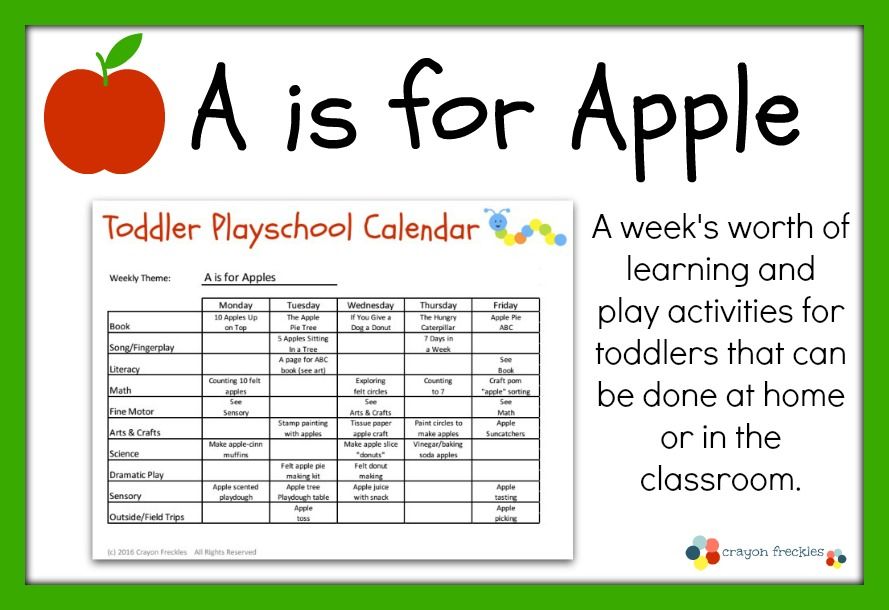 But, sometimes we are mad or sad or silly! The bright colors capture your audience as well.
But, sometimes we are mad or sad or silly! The bright colors capture your audience as well.
Activity: How Would YOU feel?
Prep: Print out these printable pictures (click to print), cut out and laminate.
Show the photos one at a time to the children and ask them how they would feel. For example:
How would you feel if you had to hug your mom goodbye?
How would you feel if you got to open a birthday gift?
Ask the children to make the face to tell you how they would feel if this happened to them. This is a tough exercise for some kids, and that’s OK, some other children will latch on to it easily, and between their example and your lead, you will provide the kids that don’t a great scaffold.
I will usually mention one or two children with each picture. “Wow, Sally, I see your sad face! If you had to hug your mom goodbye, you would feel very sad.”
Make sure you use the cards or something else concrete for this activity because young children still develop their ability to think hypothetically.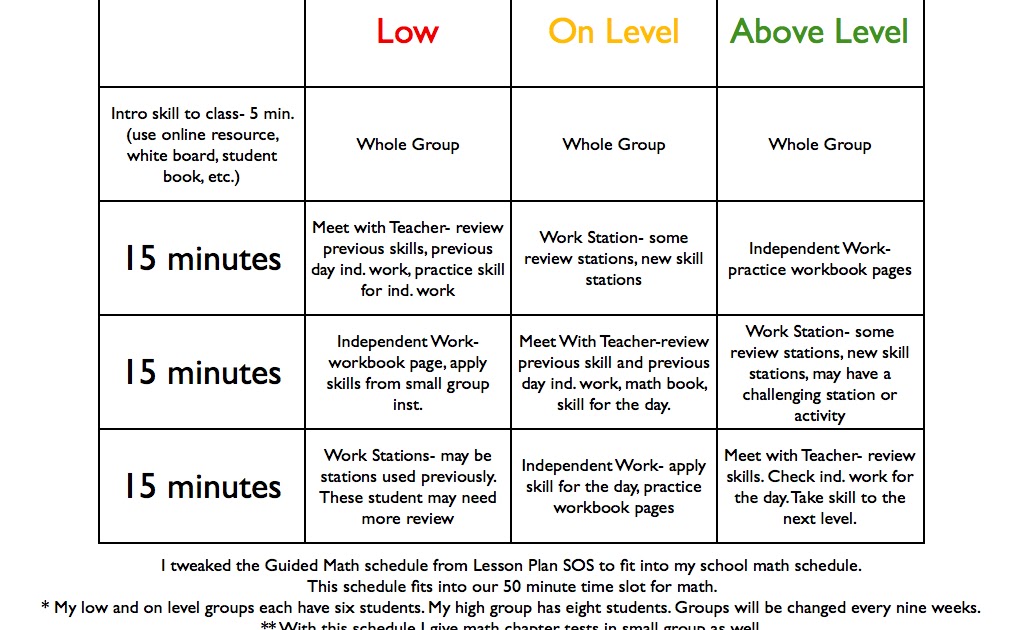 They need that real object to put themselves into the situation.
They need that real object to put themselves into the situation.
I am not sure if I need to mention this, but please remember only to use photos that will prompt discussion and not elicit a huge emotional response. If you have students with separation anxiety, skip the photo with a child saying goodbye until they are done with that stage.
Book: The Way I Feel
I read this book most often when talking about emotions with students. It is so comprehensive, and the rhyming text makes it a fun read aloud too. It is a longer book so I will pick 4-5 emotions to read one time and then switch it up for another reason with very young preschoolers. While I read this book, I try to match my body to the emotions as well as my face.
Activity: Emotion Action Song.
The song is a variation on the classic “If You Are Happy, And You Know It.”
When I sing this, I over exaggerate my faces. And I encourage the children to make the faces along with the body language.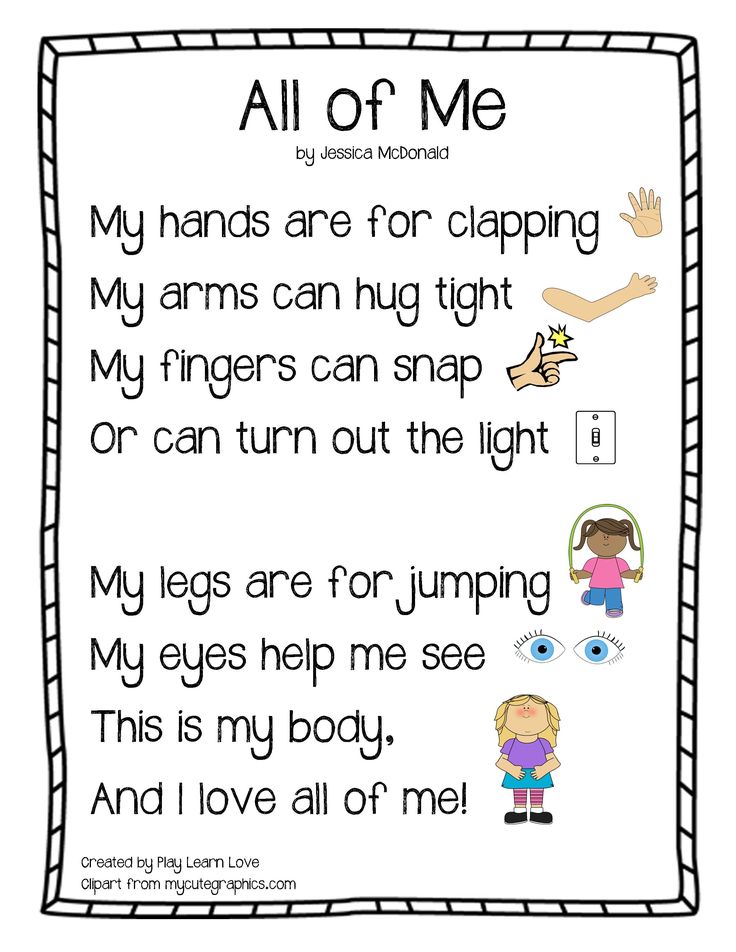 So often we focus emotion lessons only on faces, but children’s bodies tell us how they are feeling too.
So often we focus emotion lessons only on faces, but children’s bodies tell us how they are feeling too.
If you are happy, and you know it clap your hands
If you are happy, and you know it clap your hands
If you are happy, and you know it, then your face will surely show it
If you are happy, and you know it, clap your hands.
Now replace happy with different emotions:
Mad – cross your arms.
Frustrated – stomp your feet.
Excited – jump up and down.
Sad – make a frown
Scared – hide your face.
Do you have any other suggestions on books about feelings that would go well with this circle time lesson? Stop over on Facebook and let me know!
Looking for more great preschool activities?
HERE IS WHAT YOU CAN EXPECT TO FIND INSIDE EVERYDAY PRESCHOOL
:- Over 170 simple preschool activities that use everyday materials. You don’t need to invest a lot of money to teach your child at home.
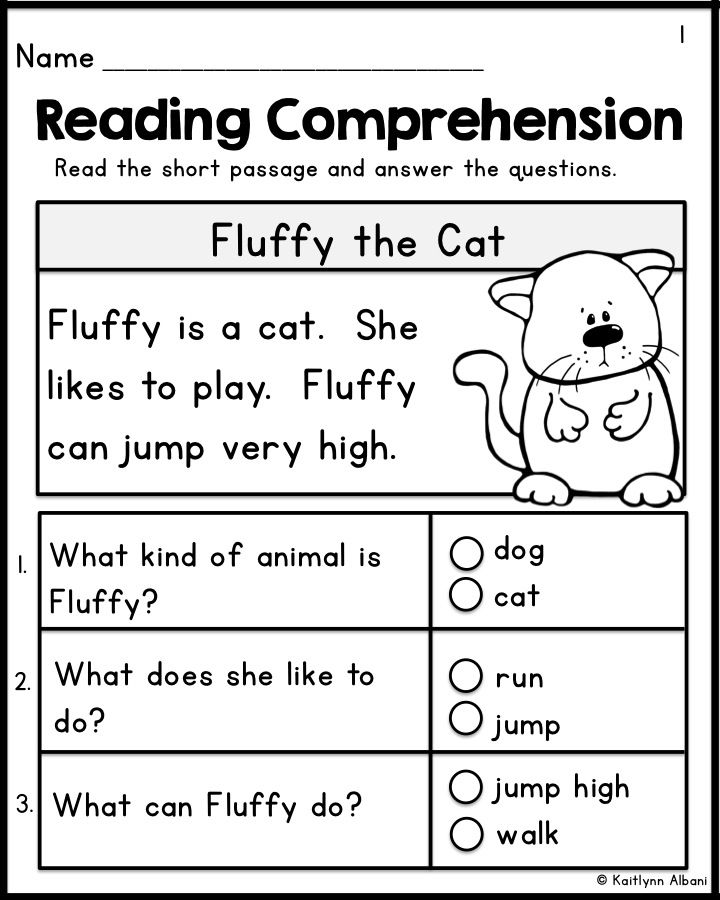
- Activities are short, with minimal prep, so you can fit some learning into your busy day.
- The book is organized into nine categories of learning; literacy, math, science, sensory, art, fine motor, gross motor, social-emotional, and bedtime reading tips.
- Everyday Preschool activity book was created using various state standards for PreK and has tips for making activities easier or harder to fit your child.
- An Appendix filled with an extensive book list links to free printables, song lyrics, nursery rhymes, my favorite playdough recipe, and more.
HERE IS A SNEAK PEEK INSIDE EVERYDAY PRESCHOOL
Emotions and Feelings Preschool Activities, Games, and Lessons
My feelings and emotions preschool activities, games, lessons, and printables This month's theme explores two subjects close to children's health and well being: Feelings and Emotions. Children participate in literacy activities that help them build vocabulary and word recognition skills around topics that relate directly to their daily lives and experiences.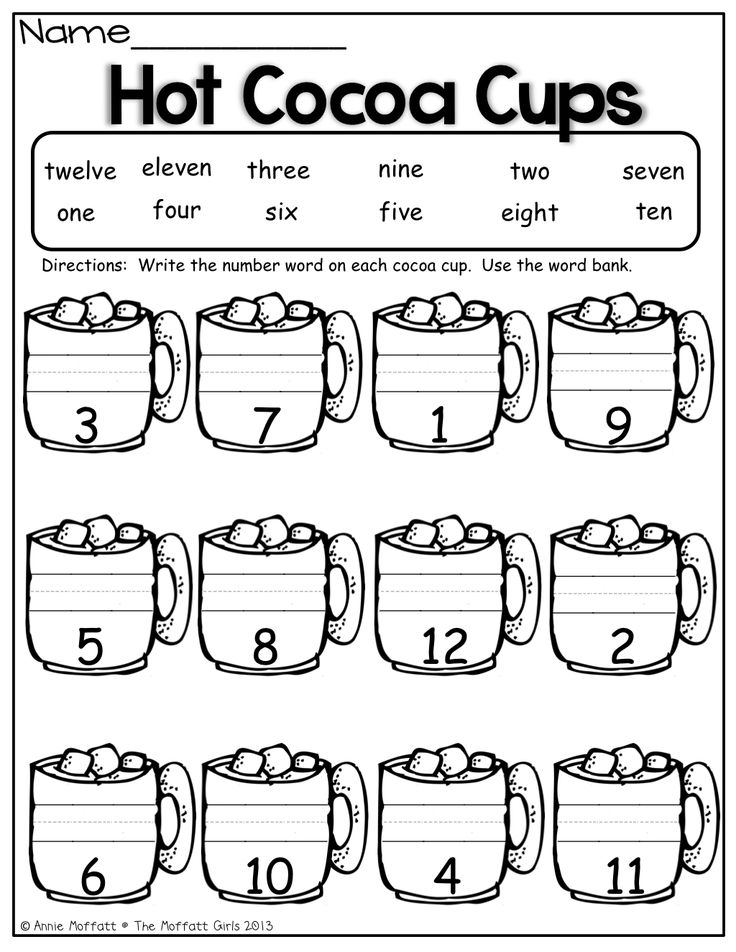 Let your preschool and kindergarten children explore what it means to have feelings via movement, singing, drawing, writing, matching, talking, and listening.
Let your preschool and kindergarten children explore what it means to have feelings via movement, singing, drawing, writing, matching, talking, and listening.
Themes and Projects
My Feelings
Monsters and Halloween Feelings
Crafts
Friendship Heart Painting
Funny Faces Pumpkins
Happy and Sad Face
Activities and Lessons
Emotions and Feelings Rhymes and Songs
Emotion Intro
Faces and Emotions Flip-Book
Games
Emotion Faces Matching
Making Faces Folder Game
Feelings Bingo
Movement
We're Going on a Monster Hunt
Emotions Movement Rhyme
If You're Happy and You Know It (Emotions)
Booklets and Other
Emotions Word Wall
Emotions Photo Cards
My Many Moods Emergent Reader Book
Worksheets
Emotions Write
Feelings Chart
Halloween Ghost Drawing
Free Emotions Activities, Games, and Printables
Introduce and let children explore the different feelings they can experience on any day.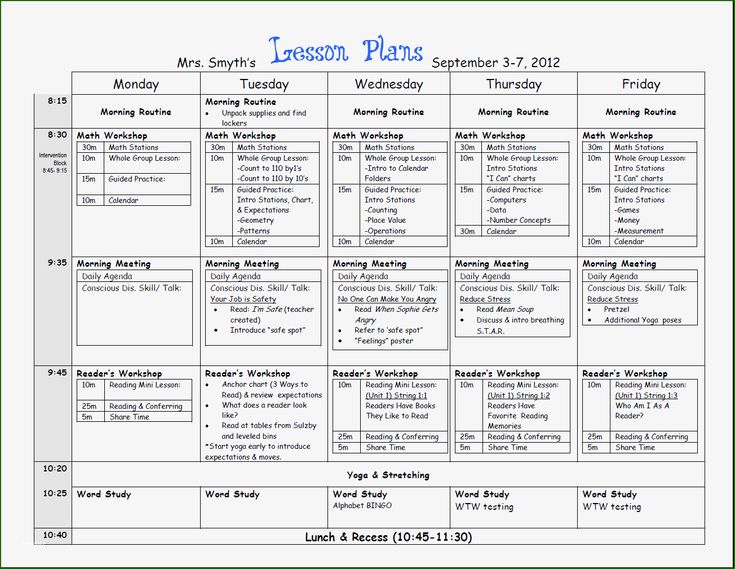 Our activities help children identify and name their emotions and feelings. Use the activities during your All About Me theme:
Our activities help children identify and name their emotions and feelings. Use the activities during your All About Me theme:
All About Me
My Feeling and Emotions
Place different size mirrors all around the room.
Fine Motor SkillsPrint out a monster face without facial features and let children use play dough to create different facial expressions and mood. Let children share with you how the monster feels.
My Feeling Preschool ActivitiesToday I feel
Read the book: Today I Feel Silly: And Other Moods That Make My Day
After reading the book prompt students to discuss a variety of feelings. Hand out a small paper plate to each child and encourage them to make a feeling puppet. Have them color or cut out and paste a feeling face on their paper plate.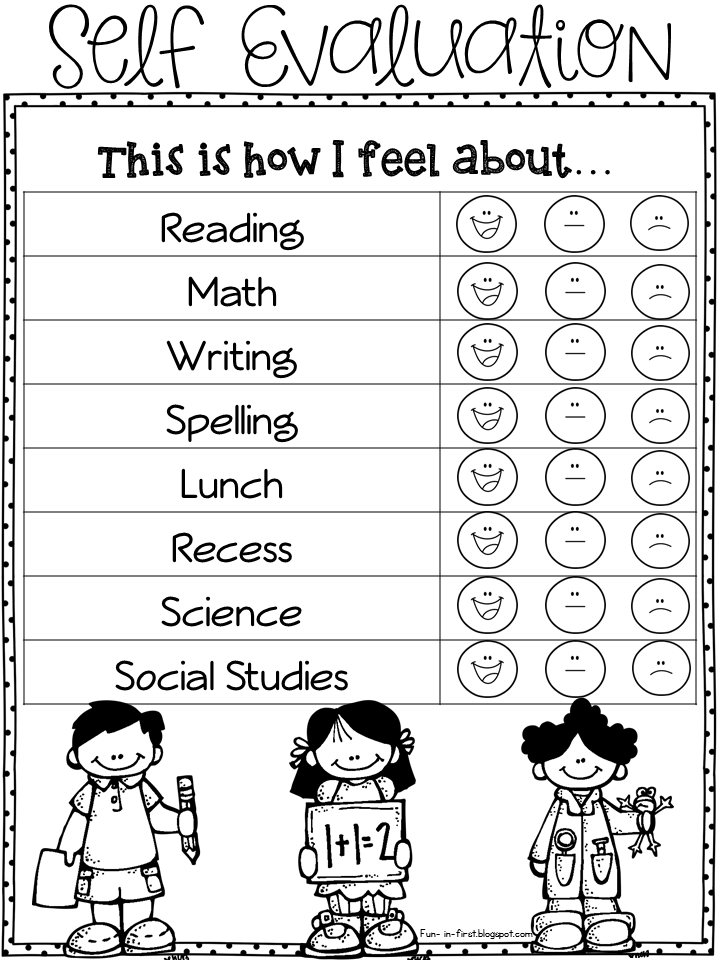 Decorate with yarn annd paper scraps for hair and ears. Attach a large craft stick to the back. Let children share their feeling puppet with the group. Re-read the book and let the children with the matching feeling hold up their puppet.
Decorate with yarn annd paper scraps for hair and ears. Attach a large craft stick to the back. Let children share their feeling puppet with the group. Re-read the book and let the children with the matching feeling hold up their puppet.
Happy and Sad
Hand out a mirror to each child. Talk about how we feel when we're happy and how it shows in our face. Sing the song "If You're Happy and You Know It." Let children look in the mirror and make a happy face.
If you're happy and you know it, show a smile.
If you're happy and you know it, show a smile.
If you're happy and you know it, and you really want to show it,
If you're happy and you know it, show a smile.
Repat by children looking in the mirror making a sad face.
If you're sad and you know it, cry BOO-HOO.
Feeling and Emotions Craft
Hand out a paper plate and a mouth piece to each child. Drill a hole to the bottom of the paper plate and attach the mouth piece with a brass fastener.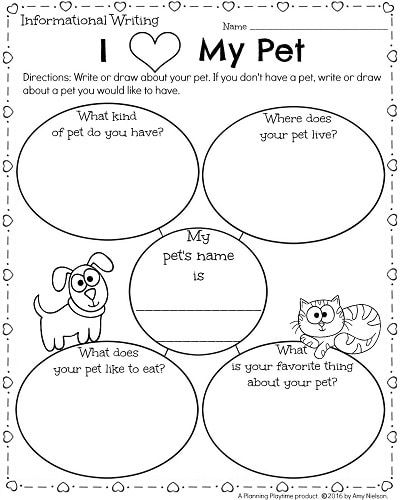 Let children decorate the face. Sing the song again and let children show the matching feeling on their puppet's face.
Let children decorate the face. Sing the song again and let children show the matching feeling on their puppet's face.
Preschool Activities:
Media Root
My Feelings and Emotions Lesson and Printables (available inside our KidsSoup Resource Library)Preschool Activities:
Media Root
Sorting Out Emotions Activity
What you need:
Several magazines or magazine pages
White construction paper
Scissors
Glue
What you do:
Label several sheets of blank white construction paper with emotions words: happy, sad, mad, surprised, shy, worried, silly, proud, etc. Give children magazines or magazine pictures to look through for images of people that match each of the words. Let children cut out the pictures and glue them to the appropriate pages. The pages can be made into a classroom book once they have been filled with images.
Preschool Activities:
Media Root
Feelings Matching Game
Print two copies of the emotion cards and cut out.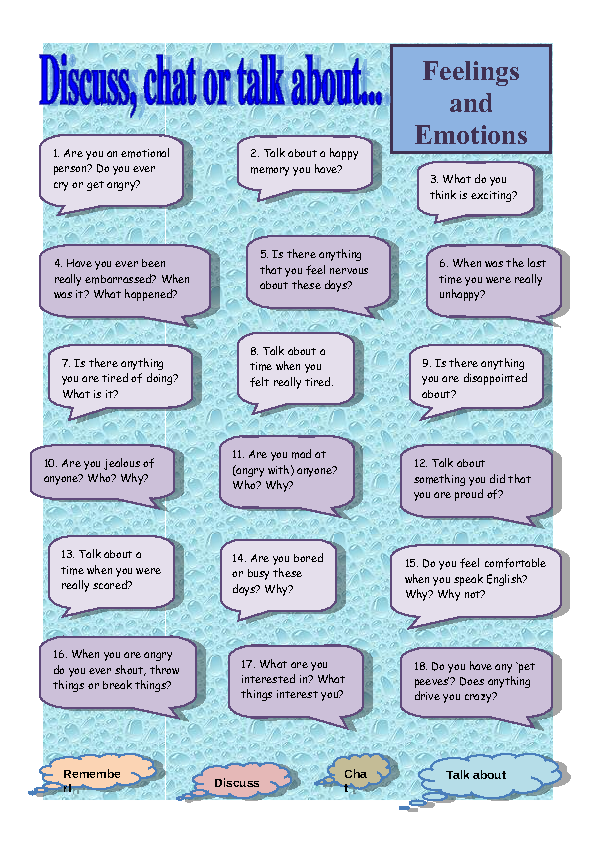 Let children match the pictures.
Let children match the pictures.
Matching Game: Place cards face down on the table. Let children turn over two cards at a time. If the cards match, they can keep them and get another turn. If the cards don't match, the next player gets a turn.
How Are You Feeling Today?
Place feelings picture cards in a row on a board. Let children pick out their name cards. Point at each emotion card on the board and name it or ask children to name the emotion. Discuss why they think the child in the picture feels that way. Ask children how they feel today. Let children place their name card below the emotion card that fits their feeling.
Sing the "I Have Feelings" song:
I Have Feelings
(Tune: Twinkle, Twinkle, Little Star)
I have feelings (point to self)
So do you (point to children)
Let's all sing about a few.
I am happy (make a big smile)
I am sad (frown)
I get scared (cross arms and make scared face)
I get mad (make fists and stomp feet)
I am proud of being me (hands on hips, shoulders straight, smile)
That's a feeling too, you see.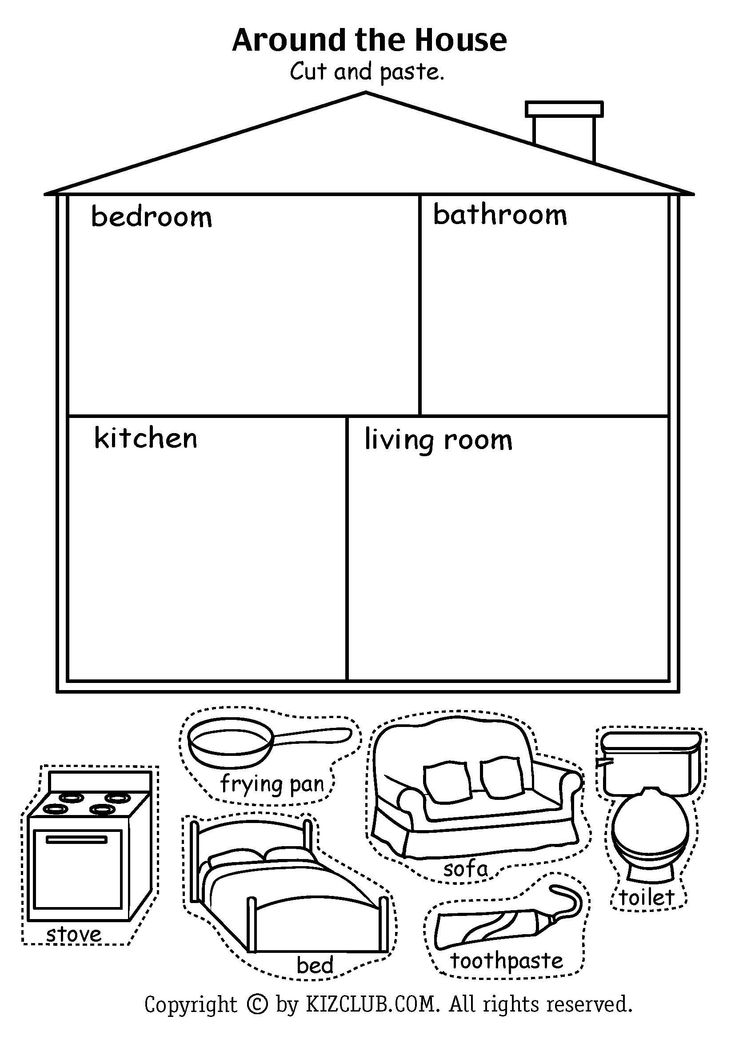
I have feelings (point to self)
You do, too (Point to children)
We just sang about a few.
Book:Guess How Much I Love You
Read the book and discuss with children how they feel when someone tells them "I love you." Sing the song:
I love You
(Tune: You Are My Sunshine)
I love you mommy
My dearest mommy
You make me happy
When I am sad
I want to tell you
I really love you!
When I'm with you, I am so glad!
Change to any other family member.
Go Away, Big Green Monster! Activities, Lessons and PrintablesBook: Go Away, Big Green Monster!
After reading the book, invite children to share with the group things that scare them (storms, snakes, etc.). Then say the following rhyme for each thing:
A Monster Goes Like This and That
By Jolanda Garcia
A monster goes like this and that (walk feet in front of you)
It's terrible (big) (use arms out at side)
BUT, I'm not scared of that! (shake head)
A storm goes like this and that (move from side to side)
It's terrible (loud) (stomp)
BUT, I'm not scared of that! (shake head)
Preschool Activities:
Media Root
If You're Happy and You Know It (Gross motor skills)
If You're Happy and You Know It
Adaptation from Original by Author Unknown
If you're happy and you know it, show a smile.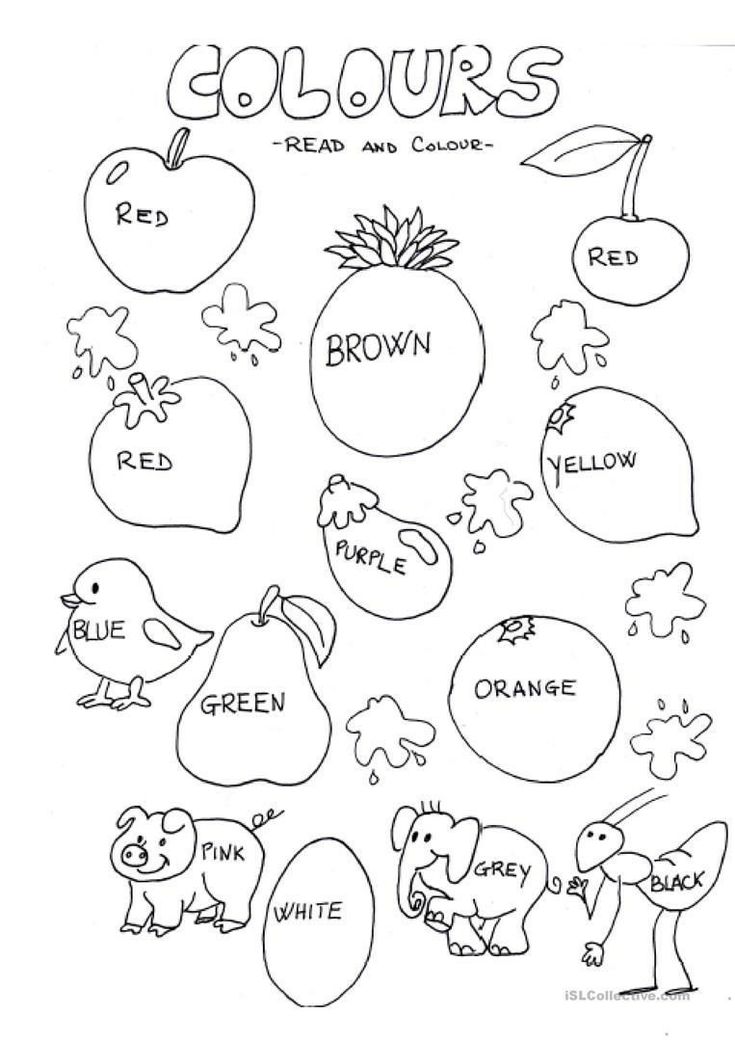
If you're happy and you know it, show a smile.
If you're happy and you know it, and you really want to show it,
If you're happy and you know it, show a smile.
Continue with additional verses for other emotions:
If you're mad and you know it, stomp your feet.
If you're surprised and you know it, say "OH MY."
If you're sad and you know it, cry BOO-HOO.
If you're silly and you know it, make a face.
If you're scared and you know it, shiver and shake.
Finish the song with: If you're happy and you know it, shout HURRAY!
|
| ||||
| Emotion Faces Cut and Color | Emotions Write and Draw |
|
|
Magic sense organs | Plan-summary of the lesson (senior group) on the topic:
Municipal budgetary preschool educational institution "Kindergarten No.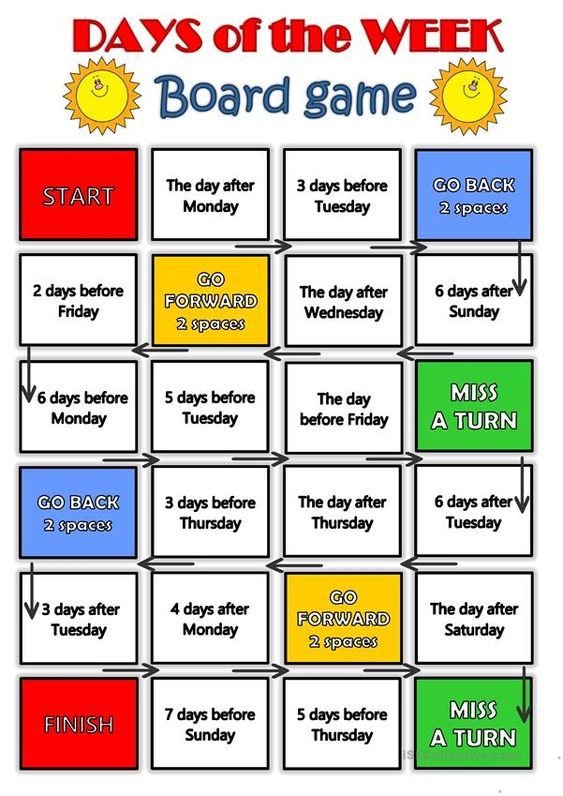 4"
4"
Chistopol municipal district of the Republic of Tatarstan
Cycle: "Lessons for Zdorovyachkov"
"Magic sense organs"
cognitive classes with children of senior preschool age
Completed by:
A.I. Belyakova
educator
2012
Goal:
- continue to form elementary ideas about the role of the senses: eyes, ears, nose in human life;
- to discuss issues of hearing, vision, and breathing hygiene;
- work on improving the skills of setting experiments and experimenting;
- continue to develop the ability to analyze the results of observations and experiments based on data obtained through sensory perception;
- develop quick thinking, creative imagination;
- to continue the formation of interest in the knowledge of one's body;
- cultivate a careful and caring attitude towards your body.
Preliminary work:
- talks about the sense organs in animals and humans;
- reading fiction: “Moydodyr”, “Doctor Aibolit” K.
 I. Chukovsky, “Neboleika” by I. Semenova;
I. Chukovsky, “Neboleika” by I. Semenova; - role-playing games “Hospital”, “Oculist's office”.
Material and equipment:
- blindfold scarf, book, “wonderful bag”, set of small items;
- screen, paper, scissors, 2 glasses of water,
- tray with scented items, napkin.
Course of the lesson
Educator: Children, listen to the riddle:
Two brothers live across the road,
But they don’t see each other ... (Eyes.)
- Guys, why do people need eyes?
Children: To see
Educator: How would we live if a person had no eyes?
Children: It would be very difficult for us.
Educator: What is the name of a person who cannot see?
Children: Blind
Educator: How can this person be helped?
Children: Help to cross the road, give a hand, objects.
Educator: Listen to the poem:
Let's figure it out together, children,
What are eyes in the world for?
And why do we all have
Two pairs of eyes on the face?
For tears to flow from them?
Close your eyes with your palm,
Sit just a little while,
Where is the bed, where is the window?
Strange, boring and insulting -
You can't see anything around.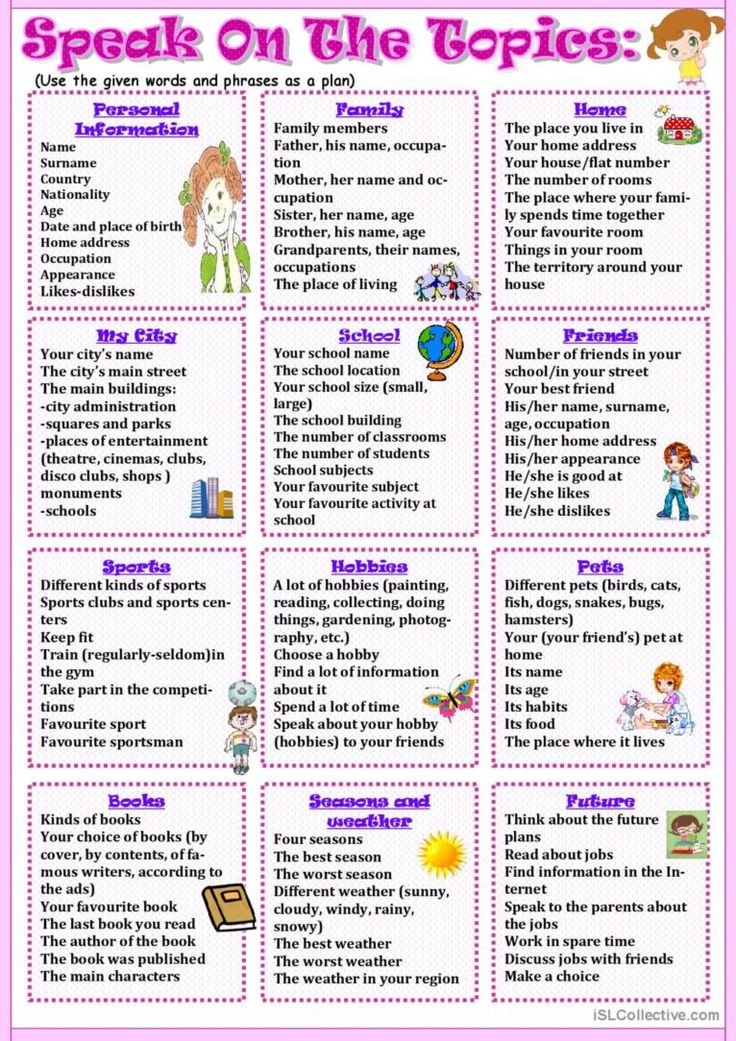
We must remember every hour,
How important the eyes are to us!
The teacher invites the children to find out with the help of an experiment why a person needs eyes? Calls one child and blindfolds him:
- Tell me what I have in my hands?
(The child does not know.)
– What am I doing?
(The teacher does 2–3 noiseless actions. The child does not see these actions and cannot say anything about them.)
– Now take off the scarf and say: why do people need eyes?
(Child's answer; other children complete it.)
- How would we live if a person had no eyes?
Children: It would be bad for us.
Educator: Nature carefully protects the eyes: they are located in special recesses - eye sockets (houses). This “house” is closed by a special “door” called the eyelid. And if there is a danger, the eyelids, by order of the brain, will slam shut with lightning speed. Only when the eyes are covered with eyelids are they at rest.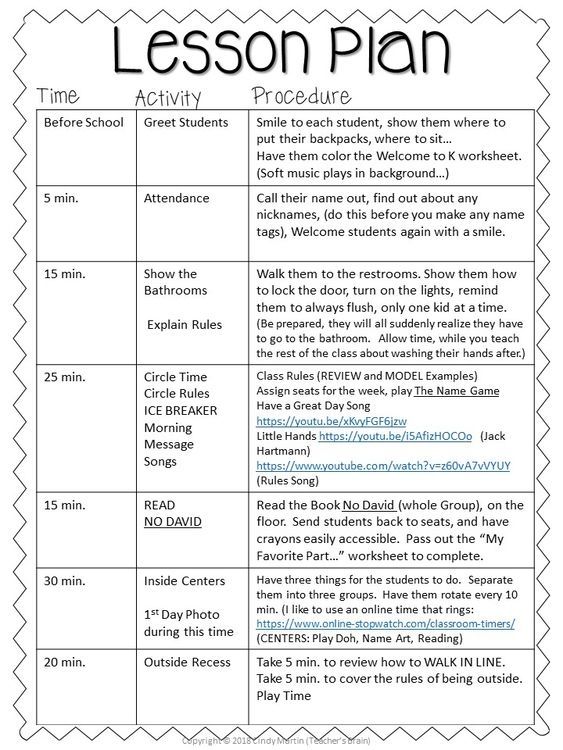 When the eyes are open, a person constantly examines what is in front of his eyes. They move to the left, then to the right, then up, then down, as if feeling the image.
When the eyes are open, a person constantly examines what is in front of his eyes. They move to the left, then to the right, then up, then down, as if feeling the image.
During the story, the educator offers to see (touch) the eye sockets, eyelids, eyebrows, eyelashes, move the eyes to the right, left, up, down.
– And now let's make sure again, is it possible to do without eyes?
We will play with you. Let's stand randomly in a group. We blindfold Serezha and ask him to go from door to window, bypassing his comrades, even if he tried to remember their location.
And now Serezha will do another task: he will take a candy and eat it.
(Seryozha easily completes the task.)
- You see, he couldn't walk around the room, and he doesn't carry it past his mouth.
Next, the teacher conducts the game “Wonderful bag”
(The child is blindfolded, he must guess the object by touch.)
The game is repeated 4–5 times, played while standing.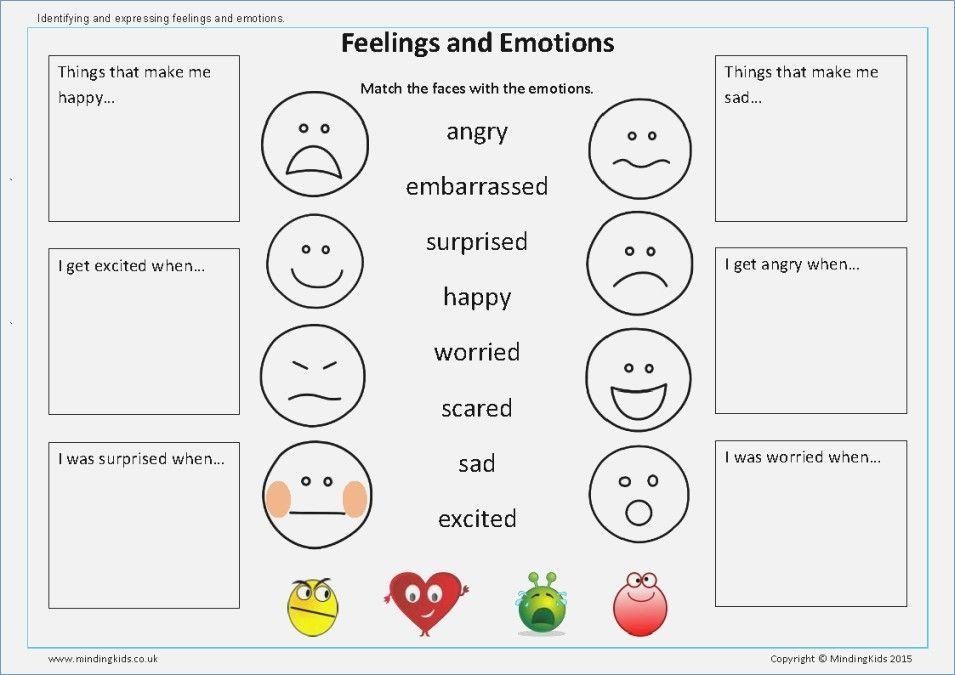 Then the teacher offers to sit on their chairs and focuses the attention of the children at the next stage of the lesson. Asks questions:
Then the teacher offers to sit on their chairs and focuses the attention of the children at the next stage of the lesson. Asks questions:
– What do we hear?
Children: Ears
Educator: How many ears does a person have?
Children: Two
Educator: All people have two ears and they are located on both sides of our head. Unlike eyes that are closed for centuries, our ears are constantly open, which means that they constantly hear, pick up some sounds, even when a person is sleeping. Therefore, the ears are one of the first to tell us about the danger. Primitive man was in danger at every turn, so his ears could move like locators. In modern people, the ears cannot move, but they also hear different sounds very well: how someone screams and talks, how the sea, trees rustle, leaves rustle, etc.
What is a person who cannot hear called?
Children: Deaf.
Educator: How can we help him?
Children: Doctors prescribe hearing aids, you can write on a piece of paper.
Educator: Why else do people need ears?
Children: To learn to speak.
The teacher offers to explain the saying: “It flew into one ear and flew out of the other.”
Hear me game. (A child is selected who is offered words of different volume. First, the child must hear them with two ears, then with one ear, then try to hear them with two closed ears.) The game is repeated 2-3 times.
Children are offered another game to analyze auditory stimuli.
Educator: And now let's listen to the silence. Who will hear more sounds in it?
(Children fall silent and listen to sounds in the street, heard in the building, kindergarten area.)
Conclusion: What good ears you have.
Educator: You and I know that sounds can be different. Try to figure out what I'm going to do now.
(Hiding his hands behind the screen, the teacher performs actions accompanied by sound phenomena: pours water from one jar to another, rustles paper, knocks with spoons, stirs with a teaspoon in a glass, tears paper.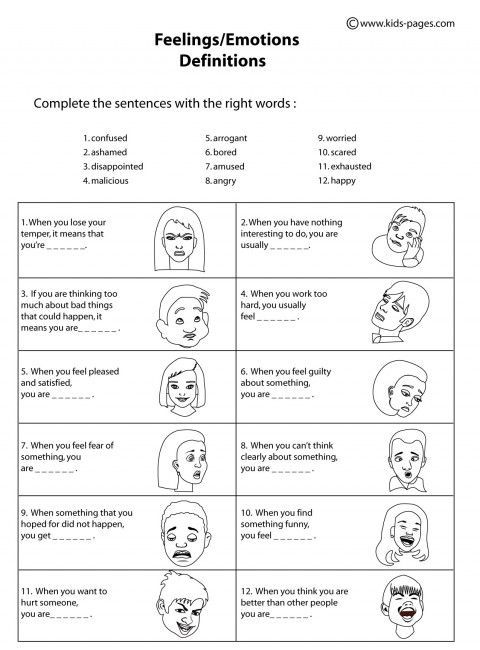 )
)
Children must identify the source of the sound each time. After the games, the teacher spends a physical education session with the children, standing in a circle:
There is a hut in a large forest
Standing backwards
(Tilts with a turn around him.)
There is an old woman in that hut
Grandmother Yaga lives,
Crocheted nose,
(Show hands forward.)
Large eyes,
(Circular rotation of the arms to the sides.)
Like sparks burning,
(Clenching and inflaming fingers into fists.)
Old, deaf ears,
But everyone wants to eavesdrop.
(Tilts to the right, to the left with palms placed near the ears.)
And under the stove, grasshoppers forge-forge-forge,
Like a cheerful song they sing-sing-sing,
(Blows with fists in a circle in front of them.) - there, clap - here,
(Claps to the right, to the left with a turn.)
No big deal.
(Jumping in place, hands on the belt.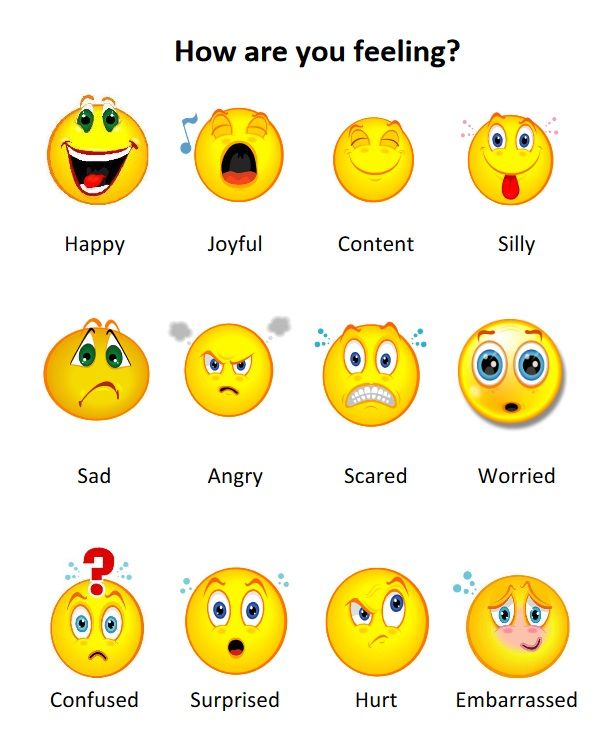 )
)
Then the children sit on their chairs. The teacher asks a question.
Educator: What is the only thing on our face?
Children: Nose
Educator: Why does a person need a nose?
Children: Smell smells to breathe.
Educator: Please listen to the poem.
The teacher reads a poem by Y. Prokopovich “Why do babies need a nose?”
There are straight noses,
There are snub noses...
Every nose is very necessary
Since it has grown to the face.
Hot summer on the meadow
Nosik smells the flowers.
Strawberries in the meadow,
Ripe strawberries in the garden.
In the garden he smells his nose
Where garlic and onions have grown.
It can happen in the house,
A spout will also come in handy:
He will find jam in the closet,
Where candies and cookies are,
Where chocolates are in the buffet
Or juice, sweet in a bottle.
Who brought the oranges?
Our nose will sniff out everything.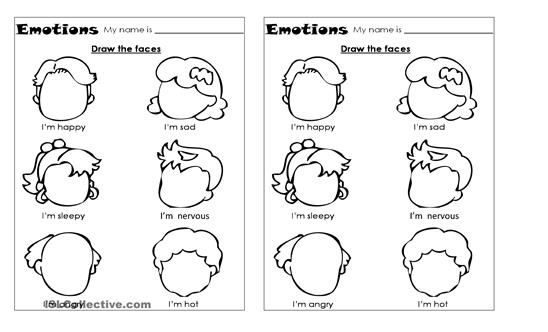
He even remembers what
The smell of mother's perfume is like.
The nose should not be cold,
We all need a healthy nose,
To sleep when it comes,
Sleep quietly with your mouth closed.
One more wish:
Don't put your finger in the nose.
Do not sit in the sun during the day -
Spout may burn.
And in winter, in the great frost
Don't stick your nose out!
Well, now you understand,
Why do babies need a spout?
Next, the teacher talks about the nose:
Teacher: Some people think that the nose is just a decoration of the face. Others think that nature gave us a nose to turn it up. There are even expressions: “Look, you turned up your nose!” or “Well, what, you hung your nose?” It's a joke. In fact, even the smallest nose is a very important part of the body. We breathe through our nose. And the nose helps to smell and distinguish smells. This is what we are going to check now.
The teacher conducts the game “Identify by smell”.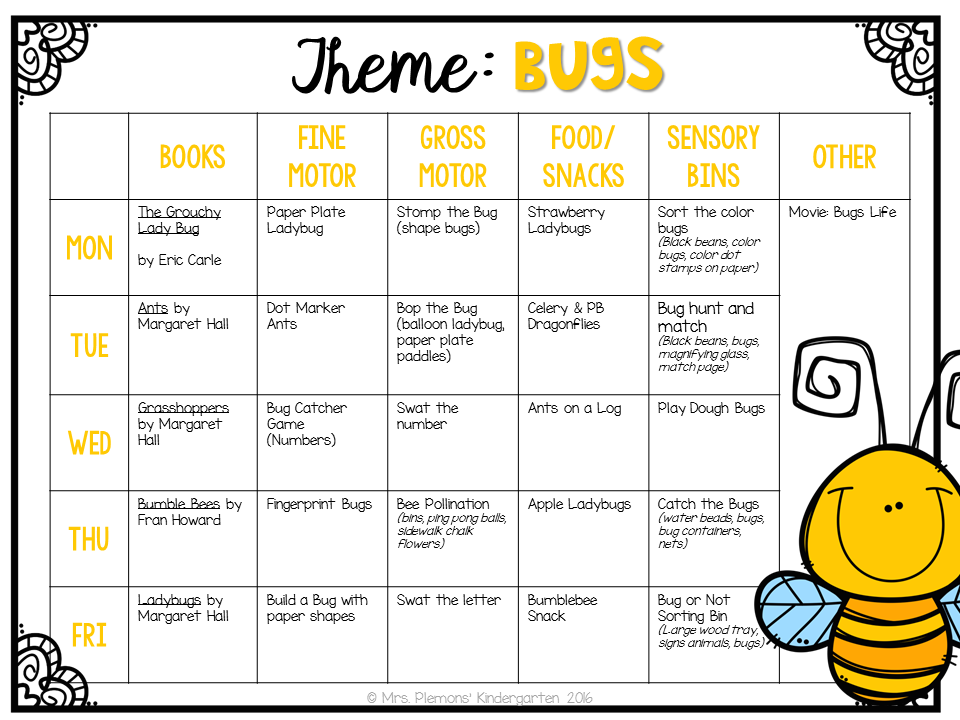
Flavored items (fruits, vegetables) are placed on plates on a large tray. The teacher blindfolds the child's eyes with a handkerchief and brings any plate to his nose. The child must determine by the smell what lies in this plate.
After the game there is a knock on the door. The group includes Dunno.
Dunno: Hello guys! What are you doing here?
(Children's answers.)
Dunno: Let's play with you. I know a game called Show Body Parts.
Children stand in a circle. Dunno first names and shows the parts of the body correctly, then incorrectly, following the reaction and attentiveness of the children. Dunno shows the following parts of the body: arms, legs, head, neck, ears, nose, eyes, mouth, cheeks, eyelids, eyelashes, eyebrows, chin, forehead, hair, etc.
After the game Dunno praises the children and says goodbye. The teacher sums up the lesson
summary of the lesson for children 6-7 years old "My helpers are the senses" | Outline on the topic:
Municipal Autonomous Institution
additional education
"Center for Children's Creativity" of the Industrial District
Methodical development of a game lesson on the topic:
"Our helpers-sense organs"
(additional general educational general developmental
program "The World Around Us")
Prepared by: Suslikova Marina Vladimirovna
Teacher of additional education
of the first qualification category
Orenburg 2017
Explanatory note.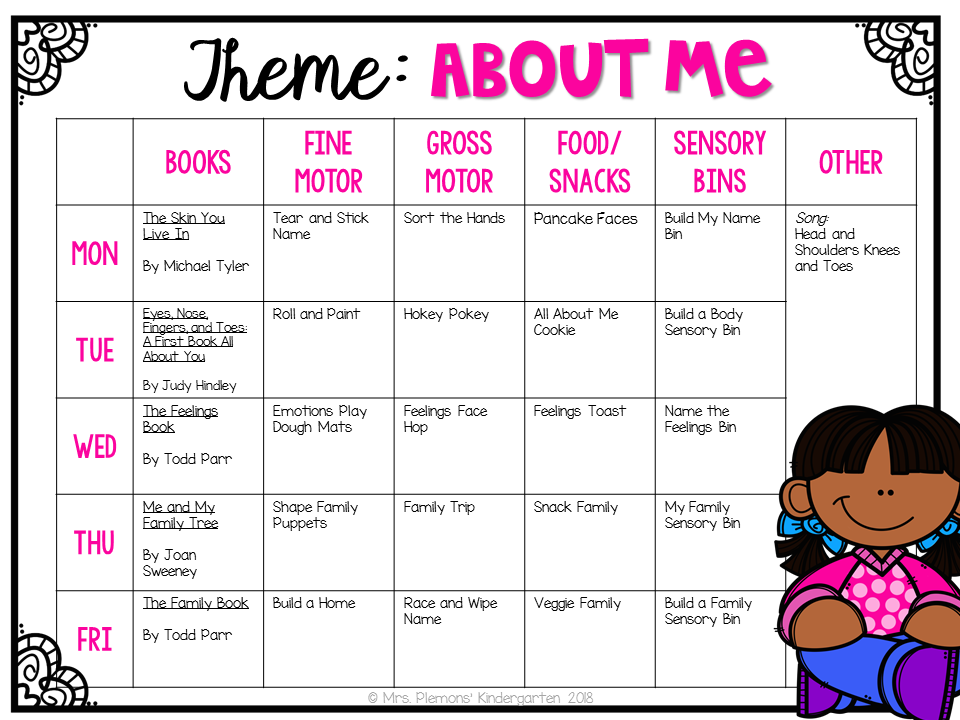
Lesson on the program "The World Around Us" on the topic "My helpers-sensory organs" is designed for preschoolers 6-7 years old. This lesson is recommended to be held in the middle of the year, when, under the program “The World Around Us”, children get acquainted with the block of topics “Man. The internal and external structure of man.
The lesson is based on an activity approach that forms universal learning activities. This lesson contributes to the development of students' initial research skills, stimulates cognitive interest through a variety of tasks.
In order to make the lesson more emotional, the teacher introduces a surprise moment with the arrival of a man who has no sense organs, the children, together with the teacher, determine the problem that needs to be solved in the course of work in the lesson, set the goal of the lesson.
During the lesson, preschoolers experimentally perform various tasks, in the course of which they get acquainted with the sense organs, determine their role and significance in human life.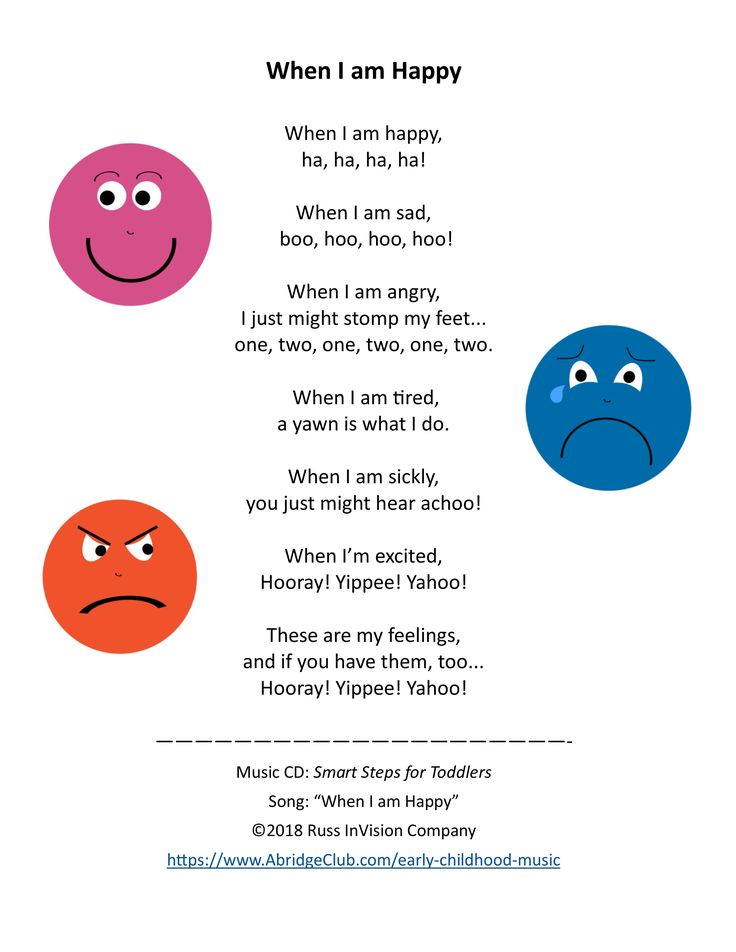 In the process of working on assignments, children help the little man acquire sense organs.
In the process of working on assignments, children help the little man acquire sense organs.
A physical education session is held with the children, which helps them repeat and memorize the senses again.
During the lesson, children make a conclusion about the importance of the senses in human life.
At the end of the lesson, the children share their impressions, telling what they liked the most about the lesson.
Theme: "My helpers are the sense organs"
Purpose: to introduce children to the human senses.
Tasks:
- Introduce the concept of "sense organs"
- Strengthen the ability to name the senses
- Educate children to work in pairs together, respecting the opinions of other children.
- Develop interest in research activities while performing experimental and practical activities.
Equipment: drawing of a man, disposable cups of sweet and plain water, orange, pen, eraser, pencil, chalk.
Form of work: frontal, group
Lesson plan:
1.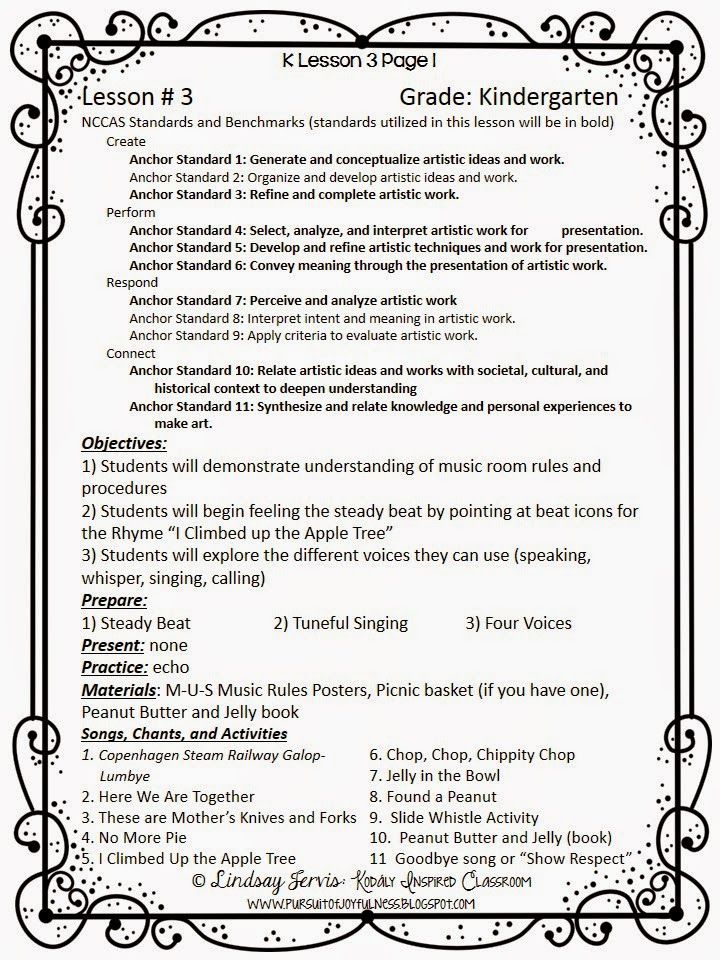 Introductory part: Surprise moment: the arrival of a man without sense organs to class. Determining the topic and purpose of the lesson, highlighting the problem, discussing the way out of the problem situation. 1 min
Introductory part: Surprise moment: the arrival of a man without sense organs to class. Determining the topic and purpose of the lesson, highlighting the problem, discussing the way out of the problem situation. 1 min
2. Main part: Experimental-practical activity, performance of tasks, finding sense organs for a little man. Phys. minute "Sense Organs". Checking the correctness of the performance and evaluation of their work. 22 min
3. Summary of the lesson: Talk with the children about what they liked most about the lesson. What is more memorable. 2min
Course of the lesson
1. Introductory part:
Teacher: Hello guys, I am glad to welcome you to our lesson!
- Today we have an unusual lesson about the world around us. We will be researchers.
- Guys, do you know who the researchers are?
Children: These are people who discover something new, explore something.
Teacher: But before I start, I would like to introduce you to one interesting little man.
- Tell me, what is unusual about it? Why is he interesting?
Children: This man has no face. He has no ears, eyes, mouth, nose, hands
Teacher: How, in one word, can we call these parts of the face? (Sense Organs)
- What do you think the topic of our today's lesson will sound like?
Children: Sense organs.
Teacher: Or rather, “Our helpers are the sense organs”
- At the end of the lesson, you will answer the question for me:
Why are the sense organs called our helpers?
- Let's formulate together the goals of today's lesson:
Get to know ...... (sense organs)
Learn .... (what they are for)
- Guys, what do you think we can do with the little man, can we help him somehow? What task would you suggest doing with a little man?
Children: help to get the senses.
Teacher: That's right, in the course of work we will help our hero acquire sense organs.
2. Main part:
Teacher: And so, let's start work, only after completing all the tasks we will help the little man transform all his senses.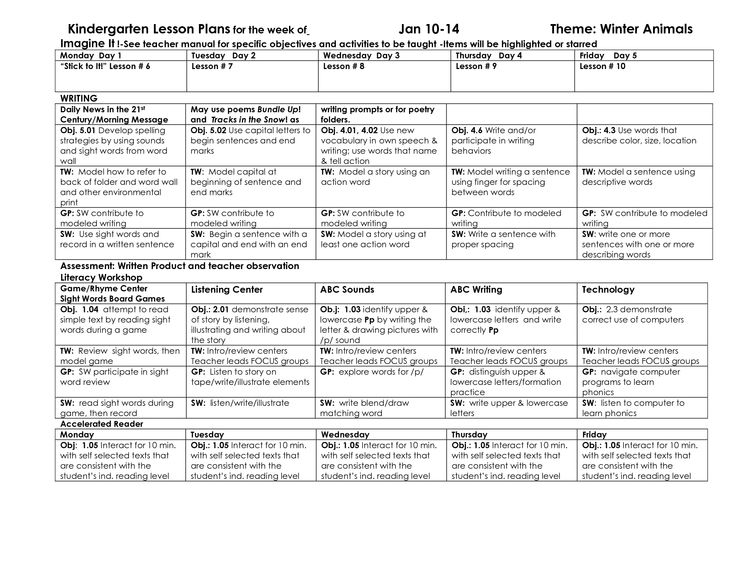
After completing the task, you must analyze your work, say which sense organ helped you complete the task.
I propose to work today in groups.
Task for group 1: Look at the picture, say what task you need to complete, complete this task. (find the difference between two clowns)
Task for group 2: with closed eyes, determine which objects make sounds (listen to sounds (rain, wind)).
Task for group 3: determine what kind of water is in the glasses (there is water in the glasses, one is sweet, the other is plain)
Task for group 4: there are objects in the box, identify them by touch.
Task for the 5th group: with closed eyes, determine by smell what is on the plate.
Group 1 performs.
Our group had a task…
Helped us to complete it….
Teacher: With the help of the eyes we learn the beauty of the world around us, we see all the objects that surround us. With its help, we get the most information about the world around us.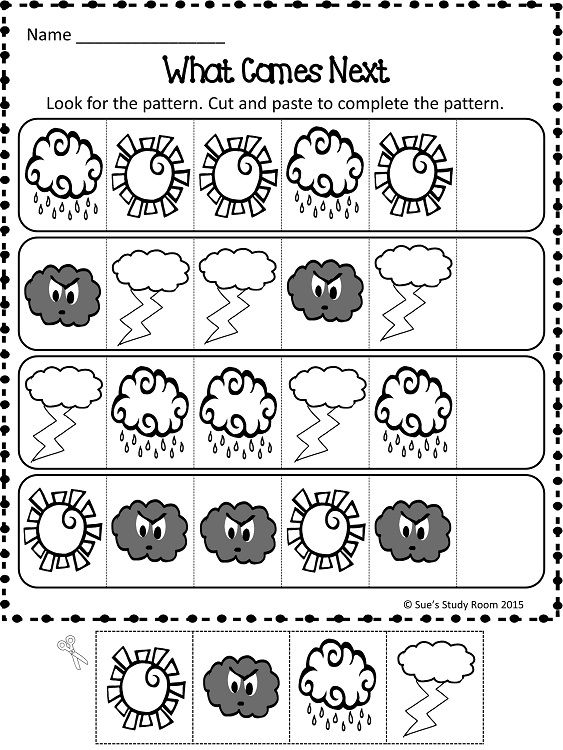
- You did a good job.
- Help our hero to see the beauty of the starry sky, attach the little man's eyes
Group 2 performs.
Our group had a task…
To do it, the language helped us…
Teacher: What helped you determine the taste of water? (language)
- Well done. They did the job correctly.
- Let's help our hero feel the taste of ripe fruit, let's attach the tongue to the little man.
- Well, now let's have a little rest.
Phys. minute.
One head was given to us,
And two eyes
And two ears,
And two temples, and two cheeks,
And two legs, and two hands.
But one nose and mouth.
And if we were, on the contrary,
One leg, one arm,
But two mouths, two tongues,
If only we knew,
What we ate and chatted!
Group 3 performs. Our group had a task…
To complete it, he helped us…….
Scientific name - ….
Teacher: What helped you determine the contents of the jars? (nose)
- A person's ability to distinguish smells is called smell. The nose is the organ of smell.
- Help our hero to smell the wild flowers, attach the nose to the little man.
- Group 4 performs.
Our group had a task...
They helped us to complete it...
Teacher: What helped to identify the objects? (hands, skin of hands)
- That's right, we did the job.
- Let's help our hero to feel the softness of forest mosses, give him hands
- The 5th group performs. They helped us complete the task....
Teacher: What helped you to hear sounds? (ears)
- You did your best, completed the task correctly.
- Our hero would like to hear the birds singing. How to help him?
Children: Give him ears.
Generalizing conversation.
Teacher: So our work is over. All groups performed. It was a pleasure to work with smart, observant researchers.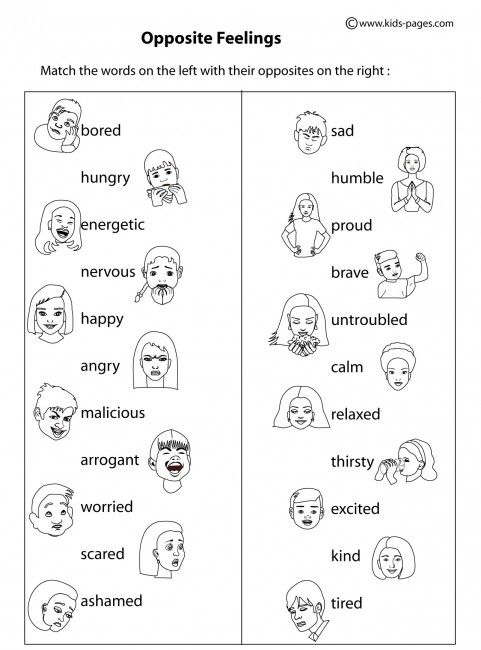
- Do you remember what goal we set at the beginning of the lesson?
- How many sense organs does a person have?
- What question do you have to answer me?
- Can we call the sense organs our helpers? Prove it.
- Look at our little man. What can you say?
The result of the lesson:
Teacher: So our lesson is over. Thank you for your work.
- Raise your hand, who is pleased with himself, because he was active and everything worked out for him.
- Raise your hand, who thinks that he is not yet successful, and he will definitely try in the next classes.
Children achieved the goals set at the beginning of the lesson. We received the finished product - a person similar to us.
Implementing a system-activity approach in the lessons of the world around us, we were convinced that research makes the process of cognition more productive.
Self-analysis of the lesson “Our helpers are the sense organs”.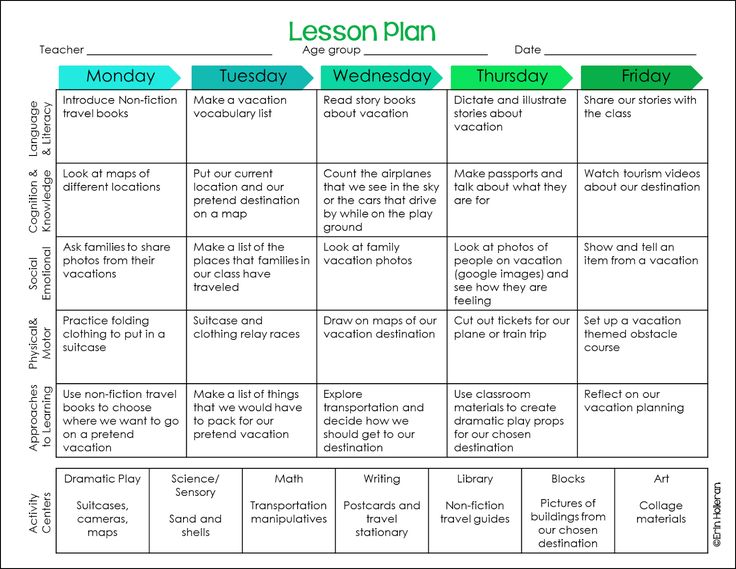
- This lesson refers to the lesson - acquaintance. This lesson is held in the section: "Wildlife". Subsequently, the acquired knowledge will be used when considering the topics of the next classes and in later life.
- This lesson reflected all the requirements of the World Around Us program on this topic. The children were active throughout the session. Increased activity of children was observed when performing experimental and practical activities. Due to the constant change of activities, cognitive interest was maintained throughout the lesson. In the course of the lesson, the concept was studied and consolidated - the sense organs, the ability to highlight the features of each sense organ, their differences.
- At the lesson, various types of teacher's activities took place: a survey, conversation and identification of the existing knowledge of children on this topic. Organization of joint activities of children, conducting physical. minutes.
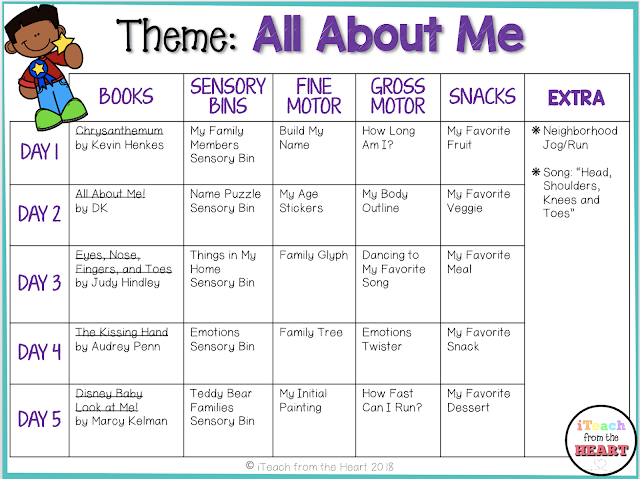
Learn more

